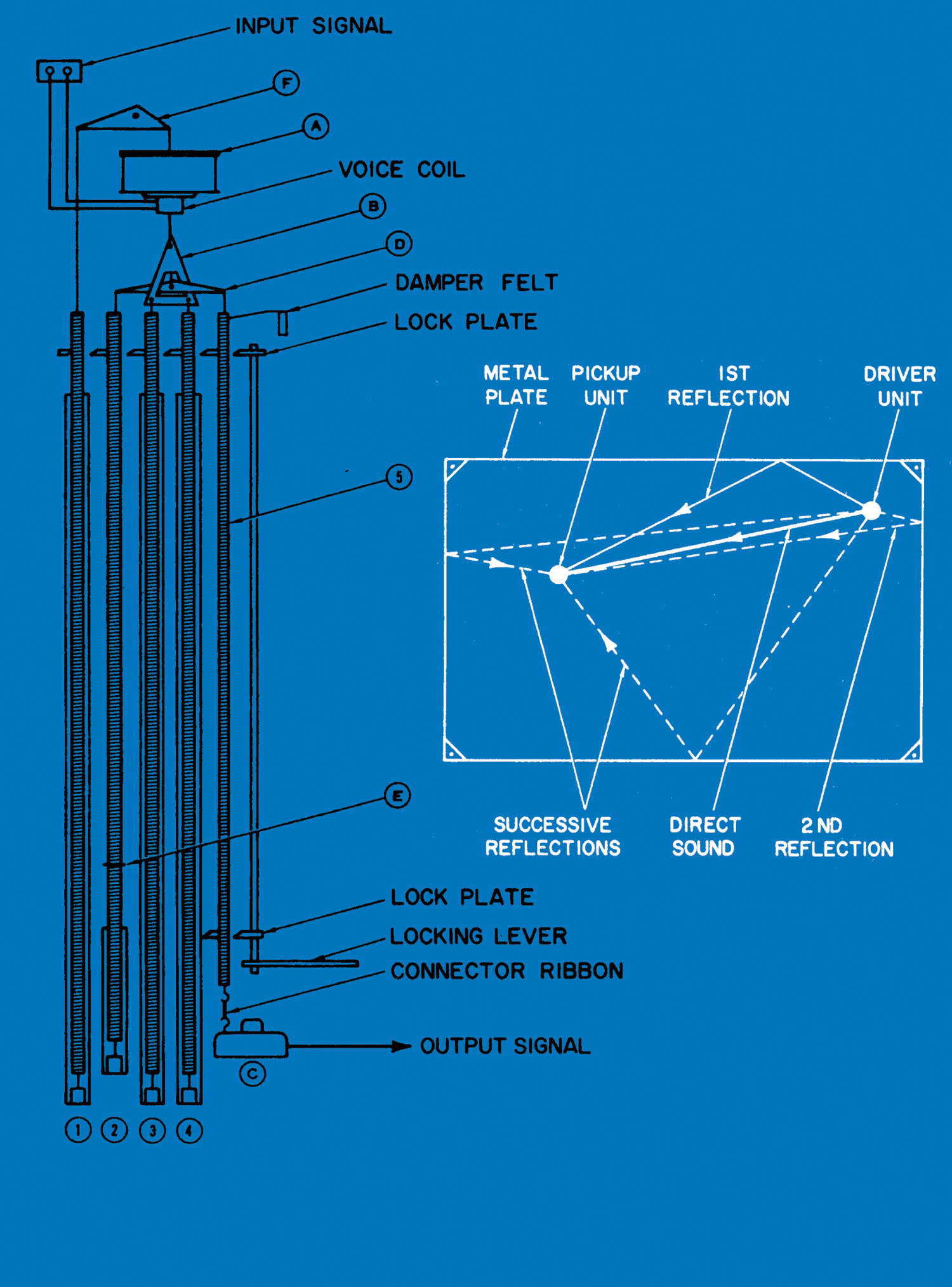Many, um, "experienced" readers have fond memories of their first TASCAM/TEAC analog reel-to-reel or Portastudio cassette decks, while digital whippersnappers will be more familiar with TASCAM's ubiquitous flash-memory recorders and digital audio interfaces. The brand's latest line of USB interfaces starts with the compact US-2x2 stereo unit and steps up all the way to the full-featured Celesoníc US-20x20 under review here. Celesoníc is a marketing construct based on the word celerity, which means fast - relating to the interface's USB 3.0 host connection. 20 refers to I/O channels, of course, starting with six mic/line and two mic/instrument inputs on the front of the 1RU-height unit. The rest of the I/O can be found in the rear, including two 1/4'' TRS line-level inputs rounding out the ten analog ins. Ten analog outputs are also on 1/4'' TRS jacks, with outputs 1 and 2 functioning as the stereo master. Digital connectivity is available through RCA coaxial jacks (with an input that handles stereo S/PDIF format, while the output can be switched between S/PDIF or AES/EBU format) and eight- channel ADAT optical (which can be configured for four or two-channel S/MUX operation at sample-rates of 96 kHz and 192 kHz respectively). If my math is correct, that adds up to the dual 20s in the unit's name. The US-20x20 also sports the nice touch of word clock in and out, and an ever-more elusive set of DIN jacks for MIDI I/O, as well as two headphone jacks on the front (with separate volume knobs for each), and a handy level knob for output channels 1 and 2.
In addition to being an audio interface for a host computer, the Celesoníc US-20x20 can function as a standalone multichannel preamp, simply sending each amplified mic signal directly out to each corresponding analog output and ADAT channel (up to the maximum ADAT channel-count available for the chosen sample-rate). Moreover, the US-20x20 has an onboard digital mixer, controllable from the host computer. The Mixer page is one of the three tabs in the US-20x20's downloadable software package (which includes drivers and firmware). Within the mixer, each input channel has a compressor, EQ, and four aux sends available to it, and a nice stereo reverb to boot. The mix and aux buses, as well as 20 channels from your computer, can be assigned to any hardware outputs on the Output Setting page. The mixer also offers a near-zero-latency direct-monitoring path for recording and overdubbing. The final tab is the Interface page, which deals with buffer size, clock source, and such - and you'll even see a quick-glance schematic of the rear of the unit, which can be pretty handy if the unit is racked. As TASCAM now writes its drivers in-house, the software seems to get updated with each new release of US-line hardware.
The sound quality is very high, as one would expect out of a modern interface. When the Celesoníc US-20x20 arrived, I patched it in, replacing my TASCAM UH-7000 [Tape Op #103], which is the brand's premium stereo interface. I happened to be in the middle of EQ'ing out some digital reverb that was ringing in a vocal track. I had already worked on the problem until the ringing was way back in the mix - practically indiscernible - and when I switched to the Celesoníc, the ringing disappeared. Of course, it was still there, faint as it was, but the US-20x20 didn't have that last dB of DAC resolution provided by its higher-end cousin. Now, we are talking about a bottom-feeding dB or so in the background - the kind you work on even if you aren't sure it is there. The UH-7000 is only a stereo preamp/interface, but it costs about as much as the
US-20x20, so pick your poison. I had no problem at all using the US-20x20 on day-to-day mixing and other jobs. In fact, for the most part, I completely forgot I was using it here at home since it shares the TASCAM family sound. Input quality of the US-20x20 was great, too - again, it was similar in sound to the UH-7000, but with just a little less oomph. The US-20x20 utilizes the Ultra-HDDA (High Definition Discrete Architecture) preamp, which was first introduced in the UH-7000, and it's the nicest built-in preamp design I've used. It's clean and highly articulate, and it works well for a change-of-pace clarity if you also use transformer-based preamps. So unlike the good ol' days of hissy 1/4'' reel-to-reels and Portastudios, you can now produce broadcast-quality music right out of your bedroom, and I'm not talking podcasts, either.
The TASCAM US-20x20 is a nicely spec'd unit with a solid sound. It has enough I/O for almost any home, project, or on- stage recording session, while not skimping on the quality. Plus, you can use it as a multichannel preamp with analog or digital outputs to another interface. Or you can drag it out and use it as a mixer; there are even Scene settings you can save for standalone use. Because it also supports USB 2.0 class compliant mode, the US-20x20 will even function as an audio interface for your iPad or iPhone with the appropriate Apple camera adapter. With the unit's affordable price, TASCAM has struck a very nice balance in the US-20x20's design, sound quality, and capabilities.
$500 street; www.tascam.com
Alan Tubbs is at www.bnoir-film.com




_disp_horizontal_bw.jpg)